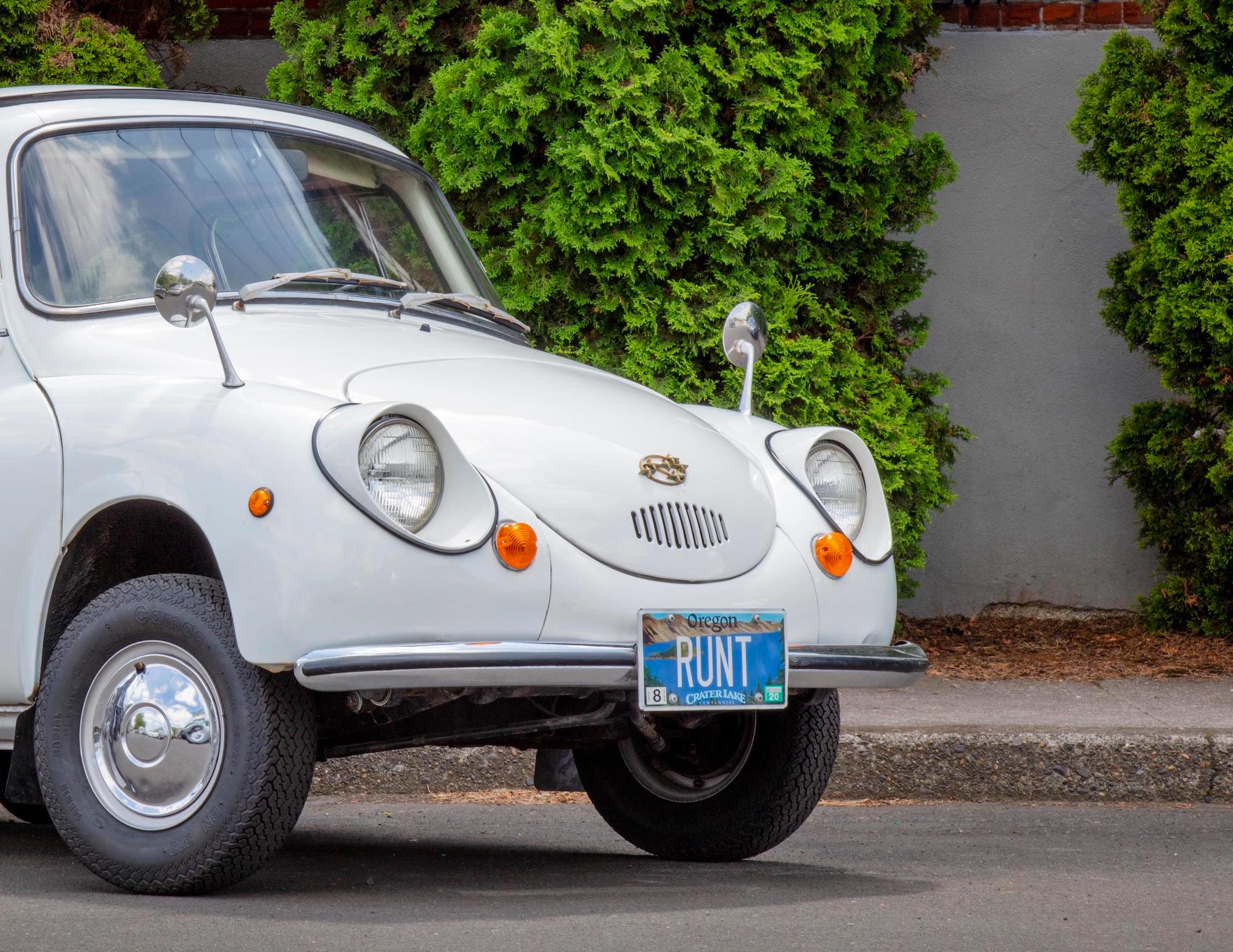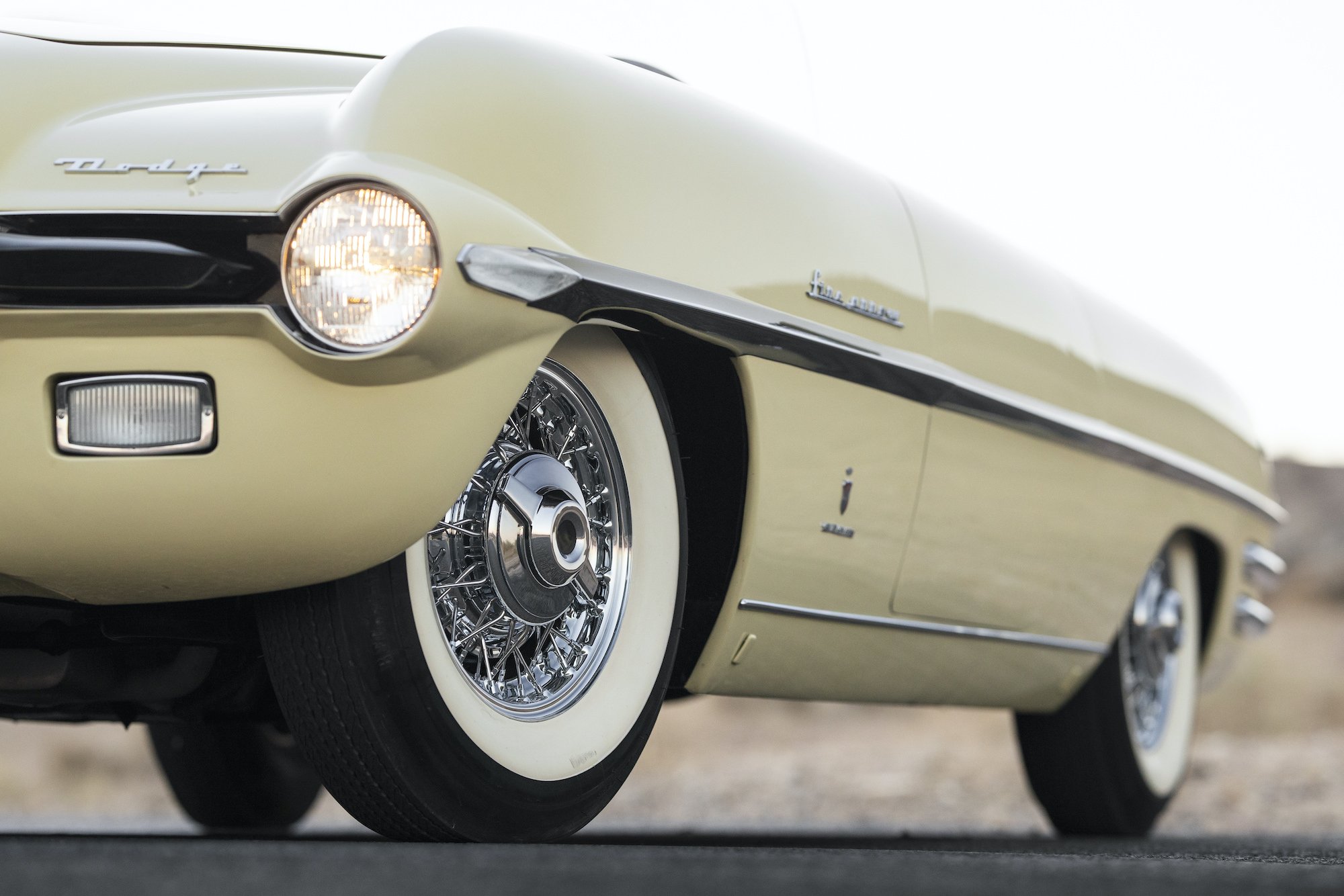





from Tumblr https://somar78.tumblr.com/post/658949779519389696
While today we often think of Subarus as being either championship winning rally cars or tough all-wheel drive station wagons, the first car ever made by the Japanese marque was the vehicle pictured here, the little Subaru 360.
First introduced in 1958, the Subaru 360 was likely based on similarly affordable European cars, particularly the Fiat 500 and the Volkswagen Beetle. In fact if you combined the styling of the 500 and the Beetle into a single vehicle, it would look an awful lot like the 360.
Subaru can trace its history all the way back to the Japanese Aircraft Research Laboratory in 1915 which later became the Nakajima Aircraft Company, a major supplier of aircraft to the Japanese armed forces during WWII.
In the rebuilding phase after the war the company began building motor scooters before diversifying into automobiles, taking inspiration from the simple, affordable cars being built in Europe.
Above Image: The designers of the Subaru 360 took ample inspiration from cars like the Fiat 500 and the Volkswagen Beetle.
The Subaru 360 was designed to comply with Japan’s Kei car regulations which were designed to encourage the production of small, efficient, affordable cars for the general population. As a result the car is powered by a small air-cooled, two-stroke, parallel twin 356cc engine and it weighs in at less than 1,000 lbs, just 410 kgs or 900 lbs.
For a nation like Japan with its smaller streets and (oftentimes) shorter commuting distances the car was ideal and it sold in significant numbers. It would be upgraded over the course of its production run, early cars made just 16 hp however this was later upgraded to 25 hp and finally to 36 hp thanks to an engine capacity increase and the addition of twin carburetors.
A number of special variants of the 360 were built for commercial use, there was the Sambar which could be ordered as either a truck or a van as well as the closely related Subaru 450 which was used for export markets.
Subaru also made a convertible version with a removable fabric roof section, and a station wagon. Sporting variants were also produced, the Subaru Young S and the related Young SS which had engine and transmission upgrades, racing stripes, bucket seats, and other additions to appeal to those who wanted to go a little faster.
The Subaru 360 would be offered for sale in the United States by larger-than-life character Malcolm Bricklin, he imported approximately 10,000 of them and advertised them as “Cheap and Ugly” (see the original ad below this article).
They sold reasonably well until a critical Consumer Reports report highlighted the dangers of the car when used in the United States – the rear-hinged doors were known to swing open if not latched properly and the little car was no match for hefty American iron in the crash safety stakes – when involved in an accident with an American car the Subaru 360 could be crushed down to less than half its size.
Above Image: These are some of the original TV ads for the Subaru 360 when it was first released in the USA.
This report led to sales of the car all but stopping overnight. Malcolm Bricklin picked himself up, dusted himself off, and started his own ill-fated car company building and selling the Bricklin SV-1.
Subaru would similarly dust itself off after the Consumer Reports fiasco and it would later make a name for itself in the USA selling tough all-wheel drive vehicles like the Subaru BRAT. It’s now one of the most highly regarded automakers in the US market.
The car you see here is a later Subaru 360 Deluxe model, it’s powered by a later version of the 356cc two-stroke, two-cylinder engine producing 36 bhp and sending power to the rear wheels via a 3-speed manual transmission.
The Deluxe is historically notable as it was the only model exported to the United States, and it features special brightwork and chromed wheels to appeal to American buyers.
This 360 was acquired by its current owner in 2020 who lavished $10,000 on refurbishments, the car is now described as being in largely in its original white paint with red vinyl interior, with under 15,000 miles on the odometer.
It’s now due to roll across the auction block with Bonhams on the 13th of August with a price guide of $30,000 – $50,000 USD. If you’d like to read more about it or register to bid you can click here to visit the listing.
Images courtesy of Bonhams

The post The Tiny Subaru 360 Was The First Subaru Production Car appeared first on Silodrome.
This short film offers an excellent 15 minute history lesson into one of the internal combustion engine’s simplest but most important parts: the humble spark plug.
The first patents for what we would today call a spark plug were filed in 1898 by Nikola Tesla, Robert Bosch, and Frederick Richard Simms, however the invention of the spark plug is widely attributed to Étienne Lenoir.
The name Étienne Lenoir is probably already familiar to you as he was the Belgian-French engineer who developed an internal combustion engine design that used a spark plug back in 1858.
The internal combustion engine itself was invented by the Franco-Swiss inventor Isaac de Rivaz back in 1804, however it was the Lenoir design that would develop the ancestor of the engines we use today.
This film does an excellent job of charting the history of the spark plug and tracking its development changes over the years.
Spark plugs themselves have outwardly looked quite similar for over 100 years, with early designs looking like short stubby versions of modern plugs, but internally the materials and construction has completely changed over that time.
If you’d like to read more about the spark plug you can click here to read the excellent Wikipedia article on it, and if you’d like to read more about Étienne Lenoir you can click here, and if you’d like to read more about Isaac de Rivaz you can click here.

The post Film: The Spark Plug Story appeared first on Silodrome.
The Dodge Firearrow II was one of four influential concept cars built by Italian coachbuilders Ghia under the direction of Virgil Exner, one of the most celebrated (and most copied) American car designers of the mid-20th century.
Unlike the earlier Dodge Firearrow I which was a static model for display only, the Dodge Firearrow II was a fully functioning and drivable car built as a potential precursor to a production run.
Sadly the production run would never get the green light, leaving the Firearrow I, II, III, and IV, as the only examples of what might have been.
The Firearrow program was run by automotive styling icon Virgil Exner, who is perhaps best known for the “Forward Look” design program he launched in 1955.
Above Image: The styling of all four Firearrow cars would have a notable influence on other car designs from the manufacturer throughout the 1950s.
His designs included the use of tail fins, which he wind tunnel tested at the University of Michigan, he also preferred lower rooflines and he created sleeker, more modern “slab side” designs that helped set the Jet Age styling trend in motion.
Exner’s early life had been dominated by his fascination with both art and automobiles, two passions that would guide the course of his entire life. As a young man he was hired by General Motors styling legend Harley Earl and before he turned 30 he was already in charge of Pontiac styling.
Just before the onset of World War II Exner joined Raymond Loewy’s industrial design firm, Loewy and Associates, where he would spend much of the war designing both military vehicles and cars for eventual post-war production.
In 1944 he joined Studebaker where he penned the 1947 Studebaker Starlight coupe, then in 1949 he would make what was almost certainly the most important change of his career, when he started working at Chrysler’s Advanced Styling Group.
Above Image: The sleek, minimalist interior is capped by that eye-catching frameless windscreen.
It would be at Chrysler, working alongside the likes of Cliff Voss, Maury Baldwin, and with Luigi “Gigi” Segre of Ghia, that Exner would make his biggest impact. It would be during this time that the four Dodge Firearrow concept cars would be released, from 1953 to 1954, before the famed Forward Look program kicked off in 1955, heavily influenced by the Firearrow vehicles.
In 1957 Exner and his team were given the prestigious Gold Medal Award by the Industrial Designers Institute (IDI), thanks largely to their Forward Look cars including the Chrysler 300 series and the 1955 Imperial series.
The release of the four Firearrows in 1953 and 1954 signalled a new design direction for the company, and today the cars are each celebrities in their own right. The first of the cars, the Firearrow I, was a rolling display model that wowed crowds but was unable to be driven.
This all changed in 1954 with the Firearrow II, it was clearly influenced by the design of the earlier car but unlike its forebear it was 100% drivable and roadworthy, with a 241 cubic inch, 150 hp “Red Ram” Hemi V8 giving it plenty of power by the standards of the era.
Above Image: The car is powered by a 150 hp “Red Ram” Hemi V8.
The styling of the second car in the series would be closely based on its predecessor, the main differences were the change to two headlights rather than four, it had round taillights, chrome wire wheels, a new “toothed” grille, and trim that stopped at the sides, instead of wrapping around the front and rear of the car.
The “slab sides” of the car would become a feature on many new production cars, people have marveled over the frameless windscreen, the sleek rear fins, and the integrated quad exhaust tips for decades since the car’s introduction.
The Firearrow II would be followed by the Firearrow III, a hardtop couple, the and Firearrow IV which was described as being a production ready car – a good indication of just how close it came to car dealer floors.
The Firearrow II was restored to original condition in the 1990s when it was part of the concept car collection of Joe Bortz.
The car is now due to be offered for sale by RM Sotheby’s on the 13th of August with a price estimate of $900,000 – $1,200,000 USD. If you’d like to read more about it or register to bid you can click here to visit the listing.
Images: Patrick Ernzen ©2021 Courtesy of RM Sotheby’s

The post The Dodge Firearrow II: A Highly-Influential 1950s Concept Car appeared first on Silodrome.